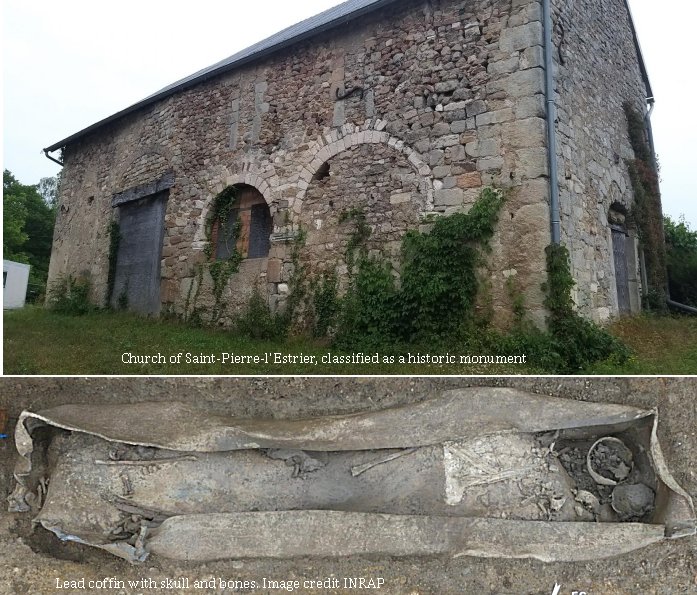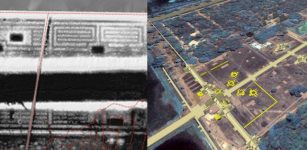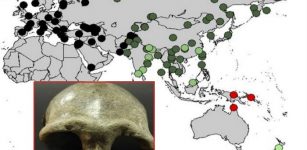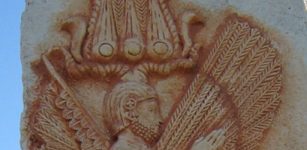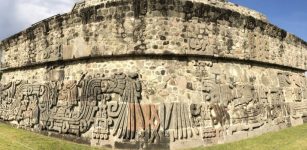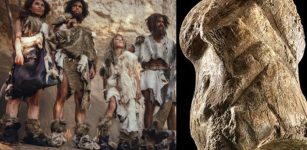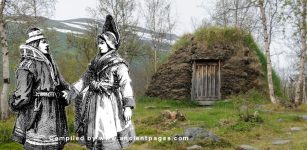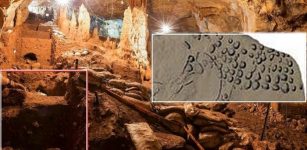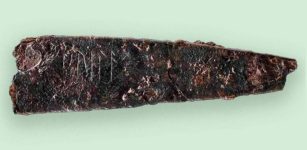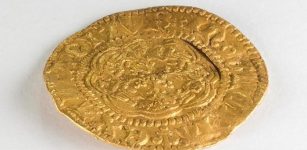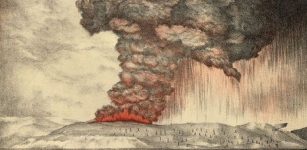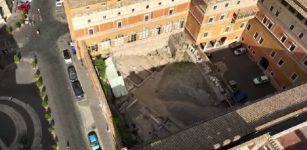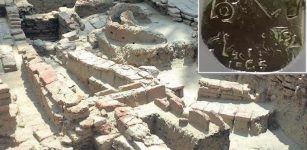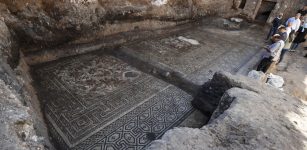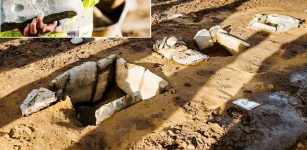Ancient Necropolis With Lead Coffins Sheds Light On Early Christian Funeral Practices
Conny Waters - AncientPages.com - A team of INRAP archaeologists excavates an ancient necropolis located in the vicinity of the early Christian church of Saint-Pierre-l'Estrier, in the municipality of Autun (Saône-et-Loire, Burgundy-Franche-Comté, central-eastern France.)
The site contains a large variety of burials, including lead coffins that are rare in this area.
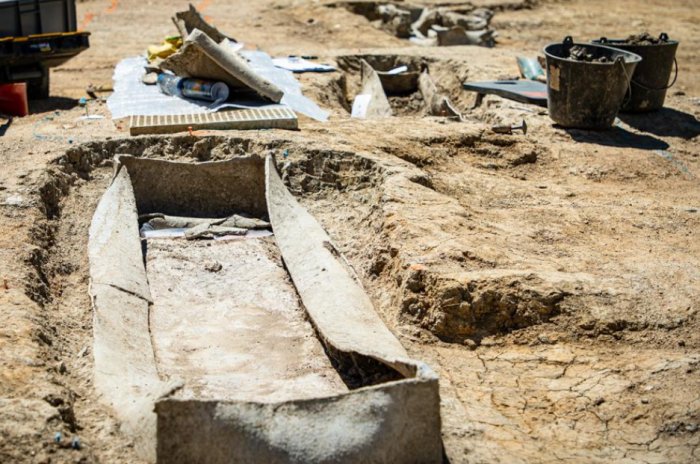 Lead coffin being released. Credit: Christophe Fouquin, Inrap
Lead coffin being released. Credit: Christophe Fouquin, Inrap
The findings revealed at this ancient site will enrich the knowledge of early Christian funeral practices, at the hinge of Antiquity and the Middle Ages. This knowledge is important for local and regional history, which can be traced to Roman times.
The necropolis (also used before the Christianization) hosted the Christian burials and was in use from the middle of the 3rd century to the 5th century. It was an important landmark with several mausoleums that were still recognizable in the 8th century.
Some of these imposing funerary monuments contained marble sarcophagi. One of them is said to have housed the remains of Amator, sometimes cited as the first bishop of Autun.
 One of the burials. Image credit: Christophe Fouquin, Inrap
One of the burials. Image credit: Christophe Fouquin, Inrap
A first mausoleum, founding tomb of the Saint-Pierre church, was built on a Gallo-Roman villa and would have sheltered the remains of a locally venerated personality.
The excavations conducted at the site have revealed nearly 150 burials. Some individuals are buried in sandstone sarcophagi while others are placed in coffins. These are usually made of wood or lead.
Some of the deceased are buried in tile formwork reminiscent of the funeral practices of the High Empire. Few objects are associated with the deceased in burials, a fact consistent with the funeral practices of Late Antiquity.
Archaeologists have also unearthed traces of six mausoleums and a wooden building.
Lead coffins are rare in the northern half of France. Autun is one of the most important deposits, with around 40 known copies, including eight from the current excavation.
 Photogrammetric reconstruction of the site. Image credit: INRAP
Photogrammetric reconstruction of the site. Image credit: INRAP
They are generally without any inscription or decoration.
However, some have cruciform signs that are difficult to interpret. Placed in a stone sarcophagus, one of them seems airtight for over 1500 years. Its opening is scheduled after the excavation and could reveal a well-preserved individual, perhaps with his clothing and other rare or fleeting elements accompanying him to the afterlife.
Written by Conny Waters - AncientPages.com Staff Writer

